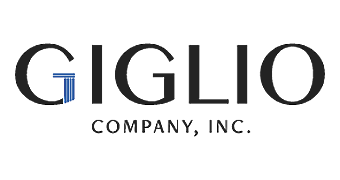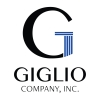Five Steps for Coaching in Action
My previous two posts discuss how important it is to retain employees post-Covid and that feedback is a core tool you need to employ toward that end. So, now that you’re ready, willing, and able to develop your team, I have outlined five essential actions to take to insure a relational, professional conversation.
Throughout this endeavor, it’s important you know that the more you engage with your team, the easier it gets. At first, just be comfortable being uncomfortable. It will get better, as a great German expression suggests: Practice, Practice Makes a Master.
Steps for Providing Employee Feedback
Step One: Schedule check-ins
Meet one-on-one with each of your directs, not in a group. These conversations need to be formalized, not ad hoc. Therefore, each month you’ll need to meet with each direct and review the development goals you BOTH have engineered together to measure their achievements. You can also share that your desire is to make your development conversations more intimate vs peripheral. Therefore, one-on-one is best. Your direct needs to see, feel, and understand your concern for them.
Step 2: Avoid postponing and never cancel
Nothing says “this meeting isn’t important to me” more than postponing it in favor of other work or worse, canceling it altogether. Since you are going to do these check-ins monthly, it will be relatively easy to schedule around them. Do it! The message you send when you constantly postpone check-ins is that they aren’t important to you and thus, your employee’s success isn’t either.
Step 3: Be relationally specific
I encourage my clients to be relational and encouraging. But without the former, the latter falls flat. You can tell a direct that she is “doing a great job.” Or, you can tell her “You really stepped up in that meeting and your points hit home with our client.” Which would you rather hear? Giving them specific bits of encouragement also opens the door for providing feedback on areas needing improvement.
With incorrect behavior, remain objective and still be specific. Explain the impact of the incorrect behavior. “When you missed the deadline, others had to delay their work which resulted in the project being late to the client. That diminished their trust in us. What do you need from me so that you can keep projects on track?” This relational approach avoids being too matter-of-fact/critical, which becomes a “marching order” rather than a mutually agreed-upon approach to an issue.
Step 4: Keep their development plan current
In past posts, I’ve stressed the importance of knowing what drives each of your directs, personally and professionally. Armed with this information, you can mutually create a development plan that will get them to where they want to be. But you have to stick to it. So many times, I’ve seen managers create a plan and then fail to ensure that both they and their directs are following it. Soon, the plan is shelved and things start to unravel. Avoid this by consistently reviewing the plan, setting achievable goals between check-ins, and then monitoring their progress through the month until you meet again. This level of caring is critical if you want a team you can trust and that can take on greater responsibility.
Step 5: Stay focused on the objectives
Don’t get distracted. Each meeting should have clearly stated objectives from your direct and you. “Today, we are going to discuss your concerns about the project, outline your role with our new client, and review your development progress.” Keep to that agenda. As with so many meetings, check-ins can be diverted by unrelated discussions which take up time and result in not achieving the meeting objectives. Table them and then, if you have time, discuss them after you’ve gone through your agenda. If you don’t do this, the structure of your meetings will deteriorate and your check-in system will break down. And if you know me, you know that I abhor a system-less approach to development!
Actioning coaching requires that you hold yourself to a high standard of coach and facilitator of a direct report’s growth. Without your insight, a person will plateau in their ability. That’s bad news for them AND you.
The good news is you can systematize this process as I’ve outlined above. The more you employ these five steps the easier and more fulfilling coaching will be for you.

